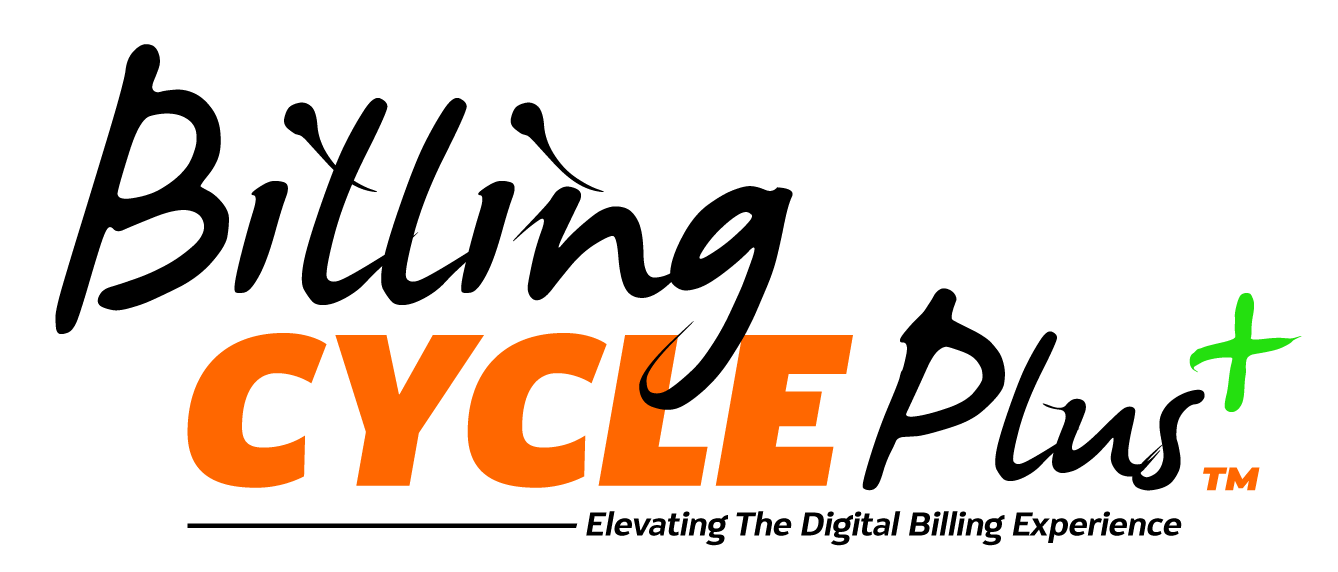6 Strategies to Prevent Medical Billing Denials

Insurance companies deny medical bills submitted for reimbursement by providers at a rate as high as 20 percent. According to the business journal Revcycle Intelligence, the American Academy of Family Physicians reports an average medical billing denials rate of 5% – 10% among family practice providers. Each denied claim represents lost provider income and time as the billing department must resubmit the claim or forfeit reimbursement. In 2017, Becker’s Hospital Review estimated that a 300-bed hospital could lose up to $3 million in annual revenue with a single percentage point increase in rejected reimbursement claims.
Medical practices, hospitals, and health systems can dramatically decrease billing denials by identifying the most common reasons and making procedural changes accordingly. In 2021, the Healthcare Financial Management Association (HFMA) reported that about 90 percent of denied claims are preventable, representing more than $235 billion in yearly revenue that practices can potentially recoup. These six techniques can help you reduce the billing denial rate of your practice or department.

Find the underlying causes of medical billing denials
A 2020 Change Healthcare study found that for the fourth consecutive year, most claim denials resulted from problems with patient eligibility or registration for the provided services. This includes denials for patients who have exceeded their maximum available benefits, problems with benefit coordination, and plan failure to cover the treatment or service in question. Review the data for your organization’s claim denials to see where most problems originate. Automating processing in this area can eliminate many issues, particularly when combined with a robust staff education program.
Start with the biggest problem
Stopping just one source of frequent claim denials in your organization could make a big positive impact on the revenue cycle. After gathering data about the root cause for submission denials, run the numbers to figure out which issue has the biggest impact on practice revenue. Change Healthcare recommends using analytics to find denial trends by payer, procedure, department, and provider. Invest your resources in solutions addressing the largest sources of revenue loss before taking care of less-pressing problems in billing and coding.
Establish an appeals protocol
Providers fail to appeal denied claims in about 65 percent of cases, effectively leaving money on the table. Devoting resources to the arduous appeals process may seem counterproductive but usually provides an impressive return. Streamline appeals with a solid protocol in place, including a “cheat sheet” with details about the appeals timeline for each payer. Create dedicated payer appeal letter templates for each of your most common denial issues so you can pop in the relevant information and start the process of getting paid sooner rather than later.
Take advantage of technology
Becker’s Hospital Review discussed the role of predictive analytics to reduce claims denial in hospitals and billing departments. This type of software program can review claims and flag those at high risk for denial so that potential problems can be addressed before sending the reimbursement request. While implementing high-tech tools comes at a cost, most practices that go this route find that they substantially increase profits and reduce the resources dedicated to billing and claims.
Emphasize patient eligibility verification

HFMA cites lack of patient eligibility as one of the most common reasons for claims denial. It’s also one of the most expensive medical billing denials since the insurance company rejects the entire claim rather than just one code. The association stresses the importance of using available resources to verify patient eligibility prior to the provision of services.
Train staff members to verify patient demographic and insurance information at every visit, no matter how recently the person last received care. Emphasize the importance of collecting and ensuring accurate patient data. Becker’s Hospital Review notes that errors in any of the about 350 data points in the average medical billing claim can result in denial. Common mistakes include wrong or missing codes, wrong birth date, wrong policy number, misspelled or incorrect patient name, and errors in provider or insurance information.
When unsure about eligibility based on patient-provided information, always confirm directly with the insurance provider before the treatment or service.
Streamline software and vendor partnerships
Practices and billing departments that outsource part or all of the revenue cycle should consider using just one provider that can handle the whole process. Often, increasing denials stem from issues with old software and the inability of legacy programs to interact with one another effectively. Look for a robust “end-to-end” technology solution to see a positive difference in denial rates. If you don’t already outsource billing operations, doing so can save time and money, especially if you find that denial has become a challenge.
Difficulty in reducing denials or rising denials rates can be a warning sign that legacy or inadequate technology and services—or a mashup of point solutions—are being used to manage the revenue cycle. There is a growing industry effort to consolidate end-to-end technology solutions with a single vendor to optimize financial performance, improve operational effectiveness, and ease maintenance and upgrades.
According to data from the Medical Group Management Association, 69 percent of healthcare administrators reported that medical billing denials increased by an average of 17 percent during the first quarter of 2021 compared to the same period in 2020. Stop this growing source of revenue loss by implementing these smart strategies.
Final Thoughts
MailMyStatements is a technology-driven statement and payment vendor dedicated to simplifying the billing process. Get in touch with us today to learn more about our easy and free onboarding process.
![]()



